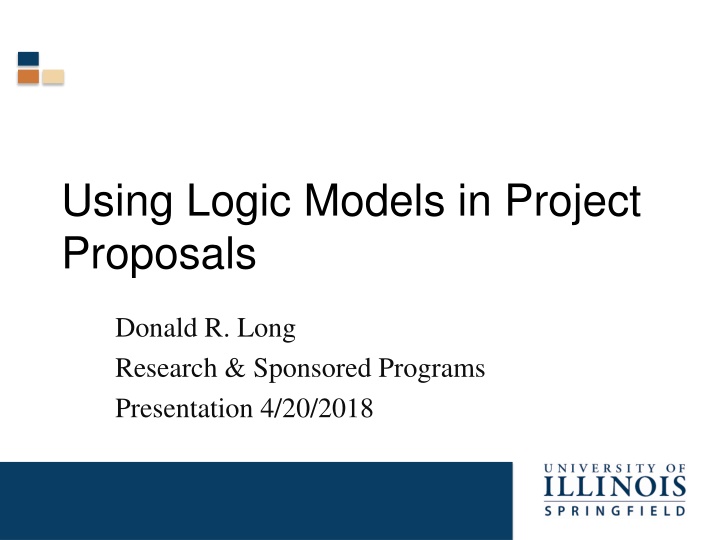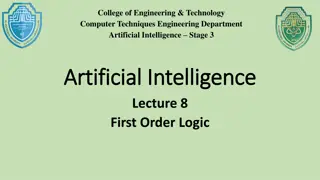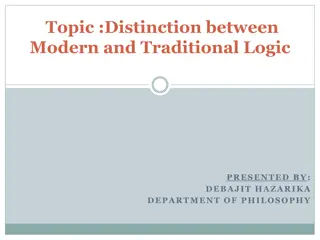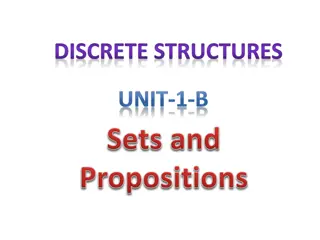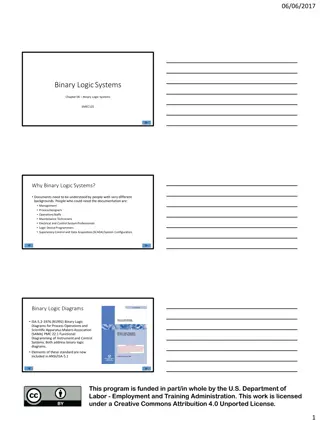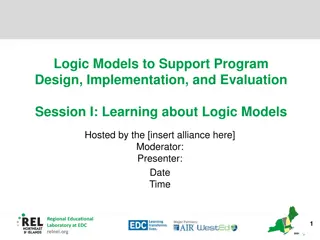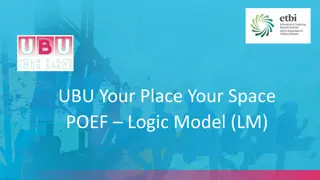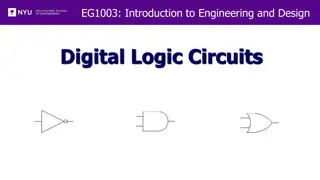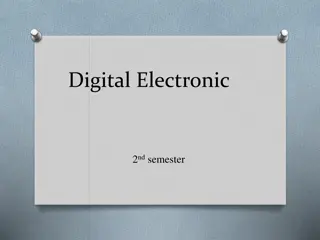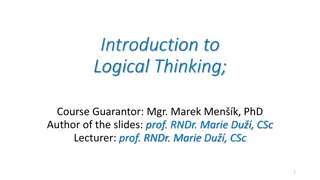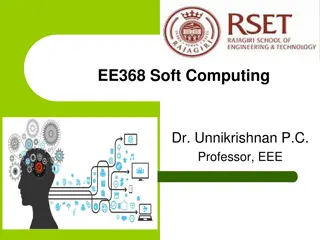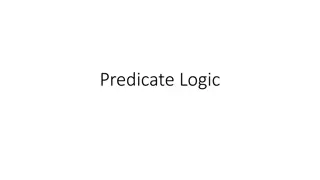Utilizing Logic Models in Project Proposals for Effective Planning
Develop a comprehensive logic model to structure your project proposal logically. Learn the importance of defining the issue, identifying priorities, and outlining outcomes. Discover how to involve stakeholders effectively and address internal and external priorities for successful project implementation. This presentation highlights the key steps in creating a logical and sequential plan to achieve desired outcomes in project proposals.
Download Presentation

Please find below an Image/Link to download the presentation.
The content on the website is provided AS IS for your information and personal use only. It may not be sold, licensed, or shared on other websites without obtaining consent from the author.If you encounter any issues during the download, it is possible that the publisher has removed the file from their server.
You are allowed to download the files provided on this website for personal or commercial use, subject to the condition that they are used lawfully. All files are the property of their respective owners.
The content on the website is provided AS IS for your information and personal use only. It may not be sold, licensed, or shared on other websites without obtaining consent from the author.
E N D
Presentation Transcript
Using Logic Models in Project Proposals Donald R. Long Research & Sponsored Programs Presentation 4/20/2018
Creating a Logic Model You will: Learn how to plan your proposal Learn how to create an illustration that helps proposal readers follow and understand your planned work and projected outcomes Helps you plan your proposal in a logical and sequential manner
Chart the Course Logic models are usually a graphical depiction of the logical relationships between the resources, activities, outputs and outcomes of a program. - Paul McCawley, University of Idaho The program logic model is defined as a picture of how your organization does its work the theory and assumptions underlying the program. A program logic model links outcomes (both short- and long-term) with program activities/processes and the theoretical assumptions/principles of the program. - W.K. Kellogg Foundation, Logic Model Development Guide
Logic Model Is: A systematic visualization of your understanding about how your proposal works. Presents the theory and assumptions underlying your proposal. Highlights how your proposal is expected to work to achieve the desired outcomes.
Situation Define the importance of the issue? Describe how the issue was identified? Who do you expect to reach/involve in the project and what are their needs? Are your program goals clearly identified and stated? Who are the stakeholders and how will they be involved?
Priorities Identify internal and external priorities that might impact the proposal. Are there any collaborators that might be beneficial to you or the project? Who are your known and/or suspected competitors and how might this influence your proposal?
Planned Work - Resources Enabling Limiting Funding Attitudes Facilities Policies Equipment Regulations Time Geography Supplies Limited Enabling Resources Partners Networks
Assumptions & External Factors
Assumptions & External Factors Assumptions External Factors Beliefs Aspects that influence or are influenced by the project Ideas/biases Cultural and environmental issues What we expect the program to achieve Demographics Participant s learning styles & behavior Family circumstances Resources and staff Experiences of participants External/Internal influences Media, community policy, priorities Competition
Evaluation Section Program evaluation is necessary to determine: Effectiveness of program To meet grantor requirements Logic Model provides: Information about what and when to measure Match evaluation to the program Focus on key and important information
Evaluation Formative Evaluation Improve Summative Evaluation - Prove Provides information that helps you improve your program. Generates periodic reports. Information can be shared quickly. Generates information that can be used to demonstrate the results of your program to funders and your interested communities. Focues most on program activities, outputs, and short-term outcomes for the purpose of monitoring progress and making mid-course corrections when needed. Focuses most on program s intermediate-term outcomes and impact. Although data may be collected throughout the program, the purpose is to determine the value and worth of a program based on results. Helpful in bringing suggestions for improvement to the attention of staff. Helpful in describing the quality and effectiveness of your program by documenting its impact on participants and the community. Adapted from Bon, S.L., Boyd, S.E., & Montgomery, D.L. (1997 Taking Stock: A Practical Guide to Evaluating Your Own Programs, Chapel Hill N.C. Horizon Research Incop. Available online at http://www.Horizon- research.com
Sample Logic Model with the permission of the W.K. Kellogg Foundation Logic Model Development Guide, How to Read a Logic Model
